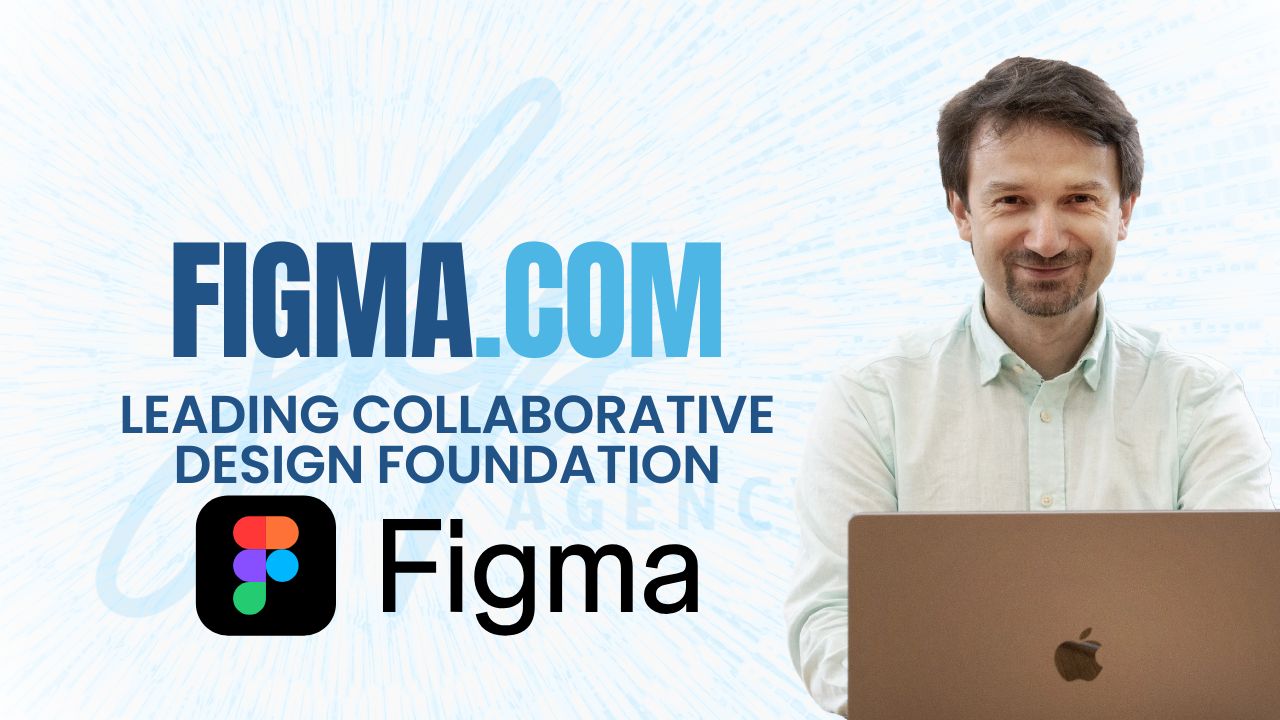Figma: Leading Collaborative Design Foundation
Use Figma for multi‑user interface design, prototyping, AI tools, developer mode, FigJam, Slides, Sites and more.

- Animations
- 65
Use Figma for multi‑user interface design, prototyping, AI tools, developer mode, FigJam, Slides, Sites and more.

Use Figma for multi‑user interface design, prototyping, AI tools, developer mode, FigJam, Slides, Sites and more.
Figma is the industry’s premier browser‑based interface design platform, offering real‑time collaboration, prototyping, developer handoff, whiteboarding, presentation tools, AI‑driven asset generation, and emerging web publishing capabilities – all within one extensible ecosystem. It empowers designers, teams, and organizations to create, test, and launch digital products faster and more cohesively.
Figma allows designers, product managers, and developers to work together in a shared interface in real time – much like Google Docs – eliminating version conflicts and speeding feedback loops. Team members can comment, edit, or review simultaneously across platforms: browser, desktop (macOS/Windows), or mobile app.
Its core design mode features include vector editing, auto layout for responsive components, reusable components, styles, and a powerful component system – enabling scalable design systems across teams and organizations.
Built-in prototyping makes it easy to craft interactive flows with triggers, overlays, transitions, and smart animate capabilities. Developer Mode allows direct inspection of elements, code snippets, downloadable assets, and design tokens to accelerate hand-off without guesswork.
At its Config 2025 conference, Figma unveiled major AI‑powered expansions:
These innovations mark Figma’s shift toward covering the entire product design lifecycle – from ideation, prototyping, content creation, to live products and marketing assets.
Figma offers tiered plans:
Most Figma Studio features like FigJam and Slides are accessible across plans, often without seat-based restrictions during beta periods.
Advantages
Limited Areas
Conclusion
Figma serves as a central platform for design, prototyping, collaboration, and product delivery. Whether you’re designing interfaces, conducting brainstorming sessions, giving live presentations, publishing web projects, or generating AI-backed marketing content, Figma supports the full creative cycle. With generous free tiers and scalable plans, it’s a reliable foundation for teams of all sizes looking to turn ideas into tangible digital experiences.
To explore its full potential – including upcoming AI tools like Figma Sites and Make – start with a free account and see how seamlessly it fits into your workflow.
Help us find great content
This is a growing collection of tools I use, test, and genuinely recommend through JKP.Agency. Some links may be affiliate links - which means if you choose to explore or purchase through them, you’re supporting the time I put into curating and maintaining this list (at no extra cost to you). Your support also helps me continue the work of our nonprofit, the Power of Listening Foundation, which is not affiliated with these tools but deeply aligned with the spirit of care, presence, and contribution. I invite you to explore, discover, and share what serves you best.
Leave a Reply